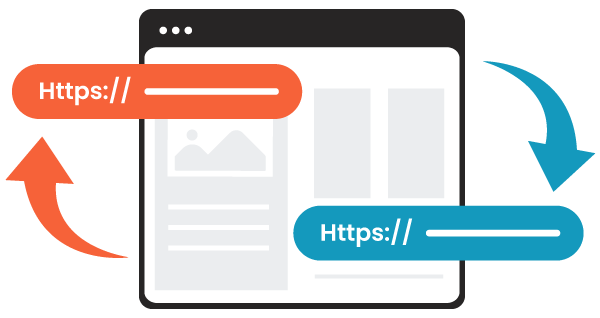Navigating the intricacies of medical billing can often feel like traversing a labyrinth of regulations, terminology, and potential pitfalls. However, with the right knowledge and approach, health and human service organizations can streamline their billing processes and ensure accurate reimbursement.
In this blog post, we’ll explore some basic terms, common errors, and recommendations for smoother healthcare billing.

Basic Terms:
- Medicaid: A joint federal and state program that provides health coverage to low-income individuals and families.
- Provider: A healthcare professional or organization that delivers medical services covered by Medicaid.
- Claim: A request for payment submitted by a provider to Medicaid for services rendered to eligible beneficiaries.
- Reimbursement: The payment received by providers from Medicaid for covered services.
- EDI 835: The EDI 835 file is the standard format used by healthcare payers and insurers and supplies to transmit the adjudication results on healthcare claims electronically back to the interface for individuals to know the results of the claim whether it was Paid, paid in partial or denied.
- EDI 837: The 837P (Professional) OR an EDI 837 file is the standard format used by healthcare professionals and supplies to transmit healthcare claims electronically to the payer for adjudication.
- CMS-1500 Form: The standard paper claim form used by healthcare professionals to bill Medicare Fee-For-Services (FFS) contractors.
- ICD 10 or CPT codes: Insurers or Payers use these codes to assess if the patient’s healthcare claim qualifies for reimbursement based on the patient’s health plan or service plan.
- Payer Adjudication: Once the payer receives your claim, the adjudication process begins. Through this process, the payer decides how much, if any, of the claim you’ll be reimbursed for and whether your claim will be approved and paid, paid in partial or denied.
View more terms and definitions on the CMS Medicare Billing fact sheet.
Common Errors:
- Incomplete Information: Missing or incomplete patient information, provider details, or service codes can result in claim denials or delays.
- Billing Errors: Incorrectly coded procedures, services, or diagnoses can lead to claim rejections or payment discrepancies.
- Timeliness Issues: Failure to submit claims within the required timeframe can result in missed reimbursement opportunities.
- Documentation Errors: Inadequate or missing documentation to support billed services can result in claim denials upon review.
- Compliance Violations: Non-compliance with Medicaid regulations, such as improper billing practices or lack of provider credentials, can lead to penalties or audits.
View the CMS guidance on understanding denied claims and how to report them.
Recommendations for Smoother Processes:
- Stay Informed: Keep abreast of Medicaid regulations, policy updates, and billing guidelines to ensure compliance and accuracy. (Medicaid State Plan Amendments)
- Training and Education: Provide ongoing training to staff members involved in the billing process to enhance their understanding of Medicaid billing procedures and requirements.
- Use Technology: Utilize billing software solutions, such as CaseWorthy’s ClaimExchange, to automate billing tasks, reduce errors, and streamline the reimbursement process.
- Double-Check Documentation: Ensure that all necessary documentation is complete, accurate, and properly recorded before submitting claims to Medicaid.
- Regular Audits and Reviews: Conduct regular audits of billing practices and claims to identify and rectify errors proactively, minimizing the risk of compliance issues and claim denials.
By understanding basic terms, being aware of common errors, and implementing best practices, health and human service organizations can navigate Medicaid billing with greater confidence and efficiency. Additionally, with the right tools and strategies in place, healthcare providers can optimize their reimbursement processes and focus on delivering quality care to Medicaid beneficiaries.
For more information on streamlining healthcare billing processes, explore CaseWorthy’s innovative solutions at https://caseworthy.com/products/enhanced-options/claimexchange/
*This blog post aims to provide a brief overview of healthcare billing, offering insights into key terms, common errors, and recommendations for smoother processes. Readers are encouraged to explore further resources and seek professional advice for specific billing inquiries.


